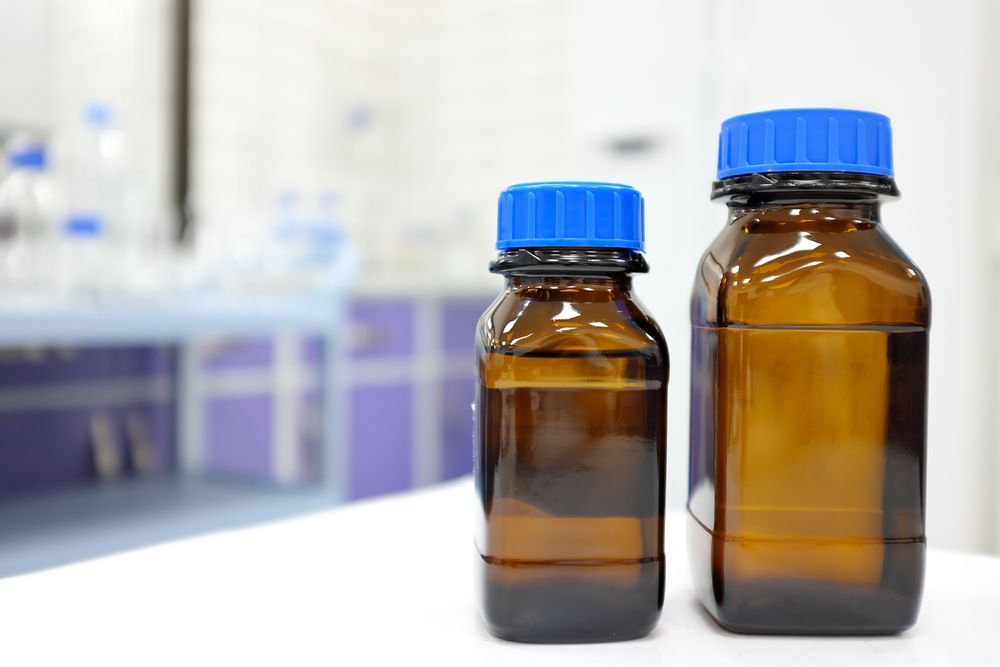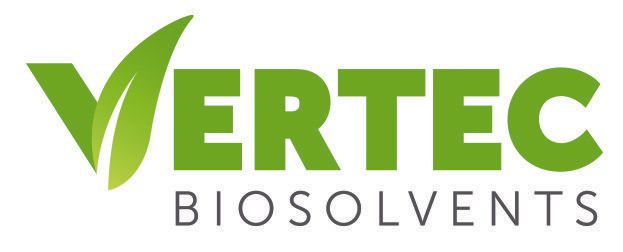Propylene Glycol Methyl Ether Acetate: Applications, Effects, and Alternatives
October 31, 2025
Propylene Glycol Methyl Ether Acetate, known in industrial settings as PMA or PGMEA, is a common solvent used in coatings, inks, and electronics manufacturing. Its slow evaporation rate and strong solvency make it a practical choice in systems that require precision and compatibility across different resins.
As solvent regulations tighten and safety concerns rise, manufacturers are taking a closer look at how solvents like PMA affect both workers and the environment. Understanding what propylene glycol methyl ether acetate does, how it behaves, and what alternatives are available helps formulators make more informed decisions.
What is Propylene Glycol Methyl Ether Acetate?
Propylene Glycol Methyl Ether Acetate (PGMEA), also referred to as PMA solvent, is an organic compound belonging to the glycol ether family. It is derived from propylene oxide and acetic acid and is commonly classified as an ether acetate. Its chemical structure gives it a balance of polarity and volatility, which allows it to dissolve both polar and non-polar substances.
PMA is a clear, colorless liquid with a mild ether-like odor. It has a moderate evaporation rate and a relatively high boiling point, typically around 145°C. These characteristics make it valuable in applications that require extended working time or slower drying cycles. It is miscible with many organic solvents and has low surface tension, which enhances its ability to wet and penetrate surfaces.
Common abbreviations for propylene glycol methyl ether acetate include PGMEA, PMA, and 1-methoxy-2-propyl acetate. Its ability to bridge solubility gaps between waterborne and solvent-based systems gives it wide applicability across several industrial formulations.

Uses and Applications of Propylene Glycol Methyl Ether Acetate
PMA solvent appears in a wide range of formulations that rely on controlled evaporation, resin compatibility, and consistent film performance. Common industrial uses include:
Paints and Coatings: Solvent for acrylics, polyurethanes, and epoxies. Helps manage viscosity, application flow, and drying time.
Printing Inks: Improves stability and flow in both solvent-based and hybrid ink systems. Reduces clogging in high-speed equipment.
Semiconductor Manufacturing: Used in photoresist formulations and cleaning processes where high purity and precise evaporation are required.
Adhesives: Acts as a carrier solvent in systems that require slow drying and uniform film formation.
Wood Finishes and Automotive Refinishing: Enhances surface leveling and durability in specialty coating systems.
Its wide compatibility and reliable performance make PGMEA a preferred option in formulations that demand a balance of solvency and drying control.
Health and Safety Risks of PGMEA Exposure
Propylene glycol methyl ether acetate presents several occupational hazards that must be managed in industrial settings. Inhalation of vapors can cause respiratory irritation, dizziness, or headaches, particularly in poorly ventilated areas. Prolonged or repeated skin contact may lead to dryness or dermatitis, and high-level exposure can affect the central nervous system.
PGMEA is also classified as a potential reproductive toxin in some regulatory frameworks. This has led to increased scrutiny in workplaces where exposure levels are not consistently monitored or controlled. Personal protective equipment such as gloves, goggles, and respirators is often recommended during handling, especially in high-volume operations.
Workplace exposure limits have been established in many regions, and companies using PMA solvent must evaluate air quality and worker safety practices regularly. Safety data sheets (SDS) should be reviewed carefully to assess handling procedures, storage requirements, and first-aid protocols.
Environmental and Regulatory Considerations
Propylene glycol methyl ether acetate is classified as a volatile organic compound (VOC), which places it under regulatory limits in many regions. Its contribution to ground-level ozone and air pollution has led to restrictions on its use, particularly in products like paints, coatings, and industrial cleaners. Regulatory agencies such as the U.S. Environmental Protection Agency (EPA) and the European Chemicals Agency (ECHA) monitor and control its use under various chemical safety programs.
Spills or improper disposal of PMA solvent can lead to soil and water contamination. Although it degrades over time in the environment, its volatility means it can enter the atmosphere quickly, contributing to air quality concerns. Facilities that manufacture or use PGMEA at scale are often required to track emissions, use containment systems, and follow strict reporting procedures.
Increased focus on sustainable manufacturing and product stewardship has pushed many formulators to reassess the long-term use of VOC-heavy solvents like PMA. These pressures are shaping how products are developed, selected, and approved for use across industrial markets.
Bio-Based Substitutes for Propylene Glycol Methyl Ether Acetate
Replacing
petroleum-derived solvents like PMA with bio-based alternatives is no longer limited to niche applications. Advances in green chemistry have produced solvent systems that match or exceed the performance of PGMEA, without the same health or regulatory concerns.

Vertec BioSolvents
develops
high-performance blends derived from renewable resources such as corn, soybeans, and citrus. These alternatives offer similar solvency strength, evaporation profiles, and
resin compatibility, making them suitable drop-in options for coatings, inks, and cleaning formulations. Products like
VertecBio™ Ethyl Acetate expand the range of substitutions depending on the required evaporation rate and solvent power.
Unlike traditional PMA solvents, Vertec’s substitutes are typically non-HAP, lower in VOCs, and often biodegradable. They are engineered to meet the demands of commercial manufacturing environments while reducing worker exposure and minimizing environmental impact. Formulators seeking to reduce risk without compromising product quality are turning to these
bio-based options to support long-term compliance and sustainability goals.
Request a Sample of Vertec's PMA Solvent Substitute
Vertec BioSolvents offers renewable alternatives designed to match the performance characteristics of propylene glycol methyl ether acetate. If you're evaluating safer, compliant options for use in coatings, cleaners, or specialty formulations, our technical team can help identify the right solution for your application.
Request a sample to see how a bio-based PMA solvent substitute performs in your system. Our products are supported by detailed specifications, safety data, and application guidance to simplify testing and adoption.
To get started,
contact us directly or fill out the sample request form.


